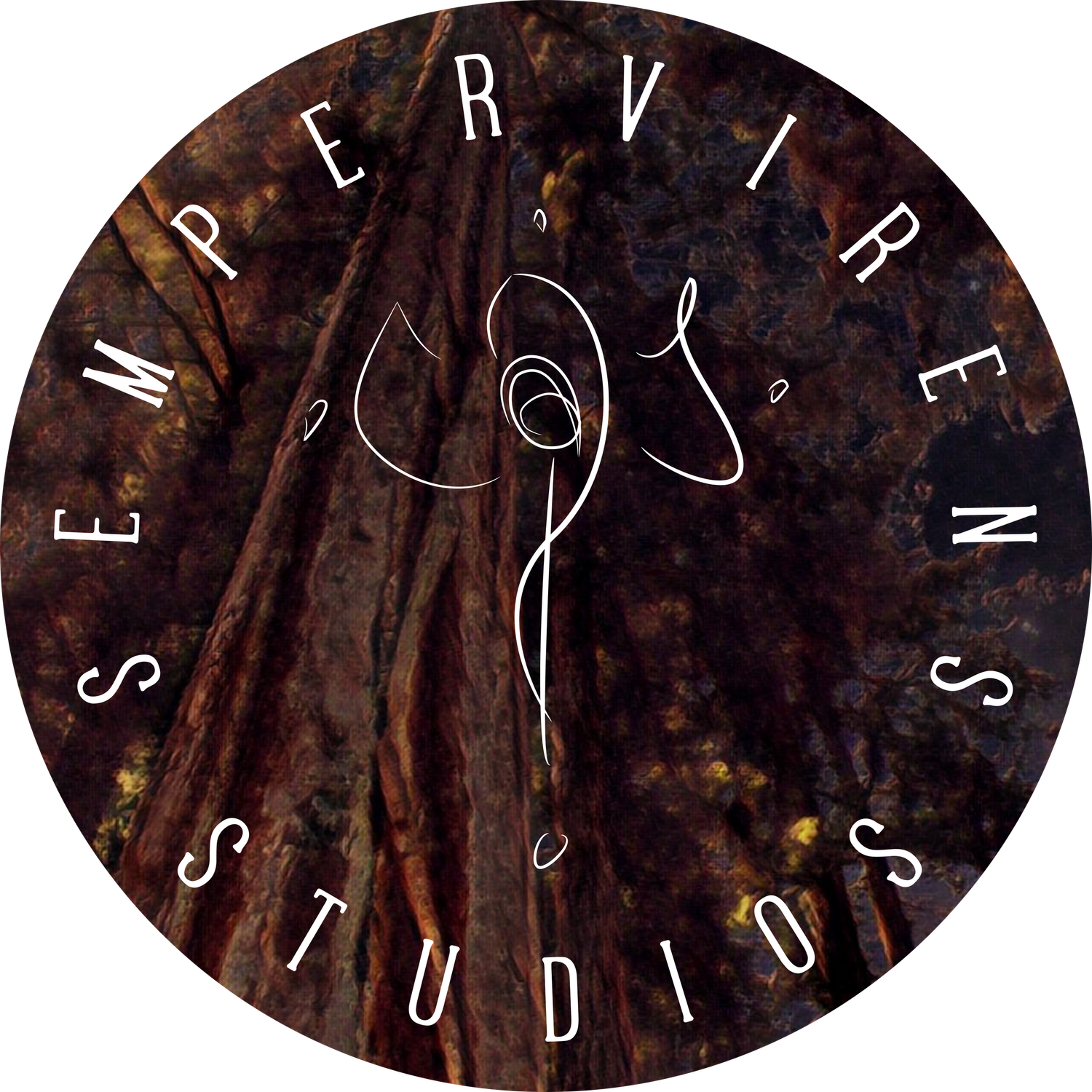
A gifted, mute musician walks into Laguardia Airport with what he believes to be a time machine, but what the police assume is a bomb. HITCHHIKING IN THE GRAVEYARD, a work of upmarket psychological fiction, tells the intertwined stories of Keiran, a sixteen-year-old runaway who works in a piano store in New York City’s midtown, and Ian Hart, who leaves the safety of his home in northern California only to arrive in New York mere days before the attacks of September 11th, 2001.
Unraveling, homeless, and now mute, Ian lives a silent life on the post-9/11 streets of New York amidst a world of street hustlers, violent con men, and drunks. He busks for change to rent a piano by the hour at the store where Keiran works. Broken by New York, he has relinquished the power of speech. He becomes obsessed with the idea of building a time machine—something that would take him back to his ex-girlfriend Katie, whom he left behind in California. He hopes by boarding a plane and detonating his machine in the sky that he’ll be able to travel back to a time when things made sense.
HITCHHIKING IN THE GRAVEYARD, complete at 76,000 words, will appeal to fans of dark coming-of-age novels with overlapping timelines such as Kate Hamer’s THE DOLL FUNERAL, or works of upmarket and literary fiction that explore the limits of empathy, creativity, and how our lives can sometimes blur with others, such as Lisa Halliday’s ASYMMETRY. Additionally, HITCHHIKING IN THE GRAVEYARD is itself a time machine of sorts, as it is my attempt to tackle my own past. In 2002, at the age of 16, I left my parents in California and moved to New York on my own to pursue music. The novel draws heavily from my experiences during that time, exploring the reality of a life lived on the streets, in subterranean jazz clubs, and upon the rusted fire escapes of New York City.
HITCHHIKING IN THE GRAVEYARD was awarded runner-up in the 2018 Faulkner-Wisdom Competition by Ladee Hubbard, who commented, “In addition to a compelling plot, I was impressed by how skillfully the author negotiated this complex and fascinating structure. The different time lines proved central to the book’s meaning and, as it progressed, there was something uniquely powerful about the way in which they interacted with and informed one another.”
